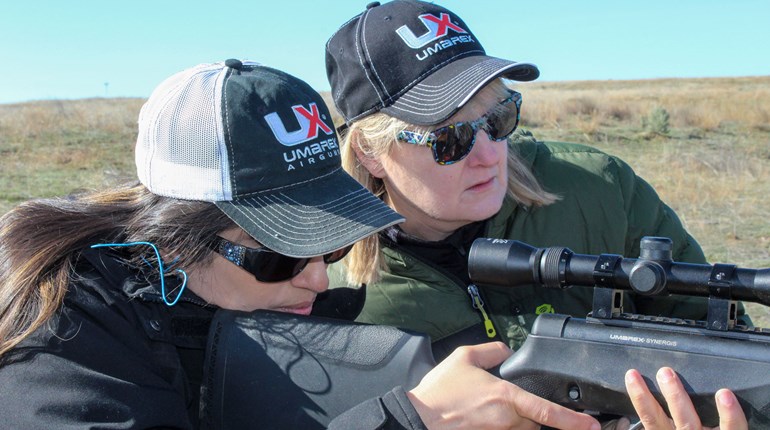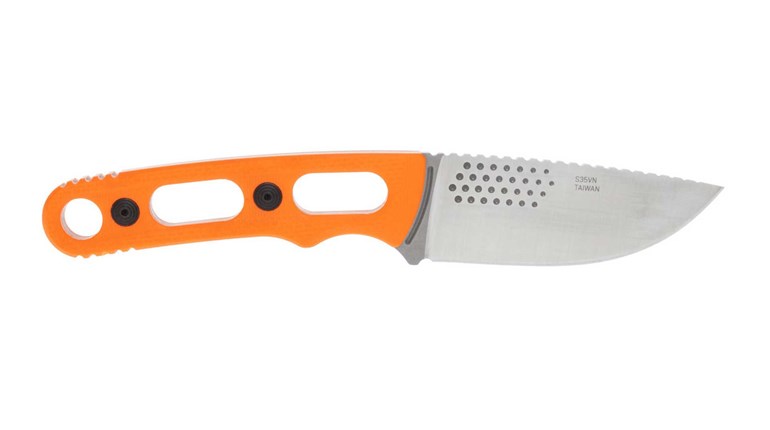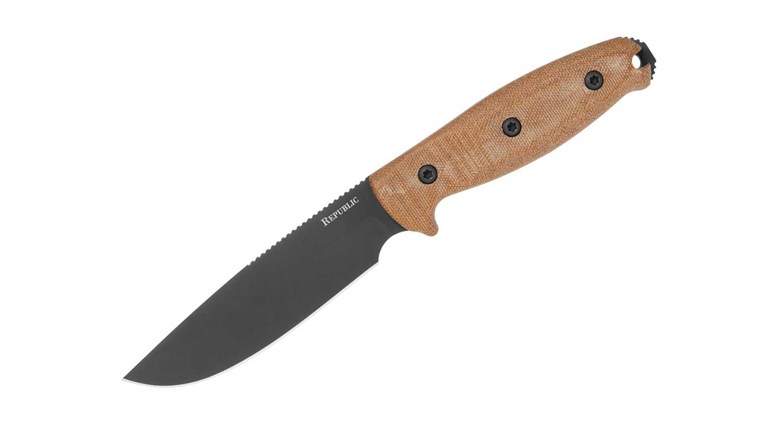
Knives are great Christmas gifts for hunters, but don’t fall for looks over function when making out your wish list. I conduct knife-related seminars from Texas to Alaska, and some of the weird designs I see puzzle me. A knife is a tool—it should be designed to do a specific job, and one knife will not accomplish all of the tasks involved in processing a big-game animal. A hunter can justify five types of knives, each with its own role, for getting an animal from the field to the freezer.
Field-Dressing
A knife with a clip-point blade is best for field-dressing an animal. The sharp, pointed tip of a clip-point blade helps with “marking the pattern,” or making the initial incisions into the hide. While a clip-point blade is good for puncturing and cutting the hide, and slicing away internal organs like the diaphragm and esophagus, it’s not ideal for skinning. What to buy: Puma SGB Whitetail.
Skinning
You can skin with a clip-point knife, but its pointy tip has more of a tendency to cut the hide if you’re not cautious. A knife with a drop-point blade and a rounded tip is better for this task, especially if you want to save the hide for tanning or need to work fast to cool the meat. Look for a skinning knife that has a full-size handle to help with control; a handle that is slightly curved will decrease wrist fatigue. What to buy: Spyderco Bill Moran Drop Point.
Caping
The traditional caping knife has a narrow blade that’s 2.5-3 inches long with a distinct point. It should be capable of cutting and skinning with finesse for working around the eyes and lips of an animal. A caping knife is also useful for skinning the feet and toes on bears. Scalpel-type knives with changeable blades are another option for caping tasks. What to buy: Knives of Alaska Cub Bear.
Boning
To remove meat from the bone, use a knife with a relatively thin, semi-flexible blade. The upswept-blade design is standard because it provides the most functionality when working around bones. I like a 6-inch blade, although many of my buddies prefer a 5-inch. Handle materials vary, but for the most dexterity I go with wood. What to buy: Dexter-Russell ‘Don’t Tread on Me’ Boning Knife.
Breaking
A breaking knife’s sturdy blade does the work of cutting (or breaking down) quarters into steaks or roasts. The blade should be a little wider than an inch and have an upswept tip. When slicing steaks or trimming meat, a breaking knife with an 8- or 10-inch blade will produce smoother cuts than one with a shorter blade. What to buy: Victorinox 8-inch Breaking Knife.





































